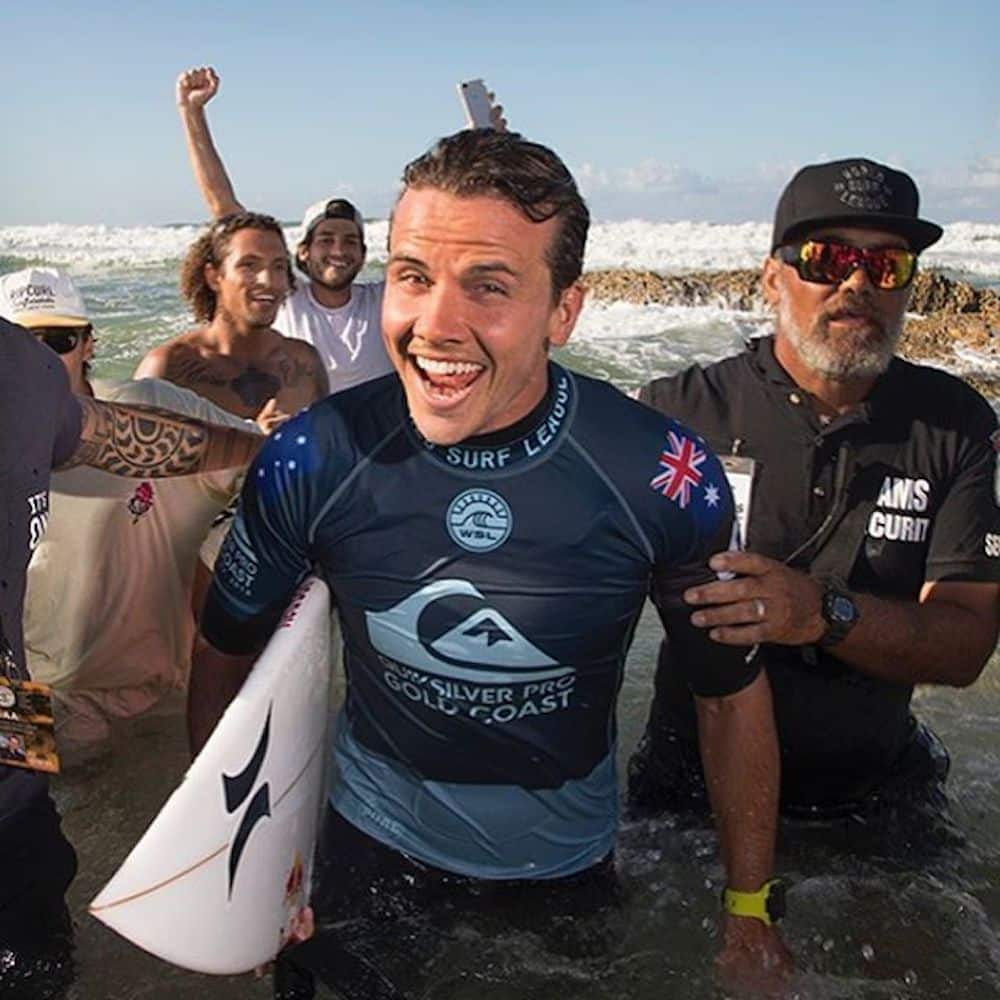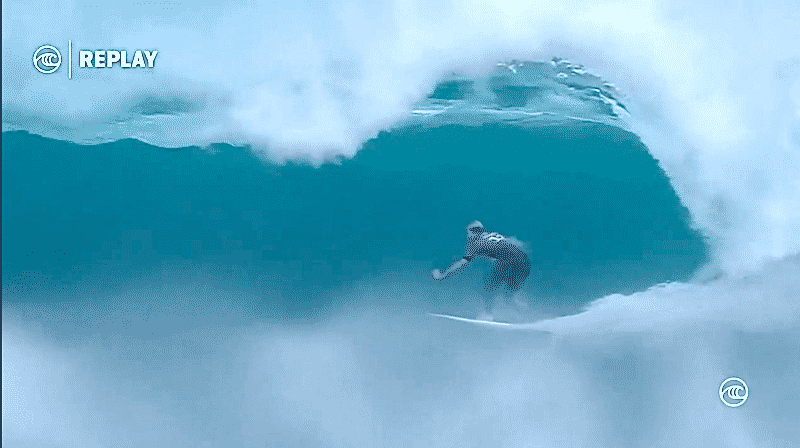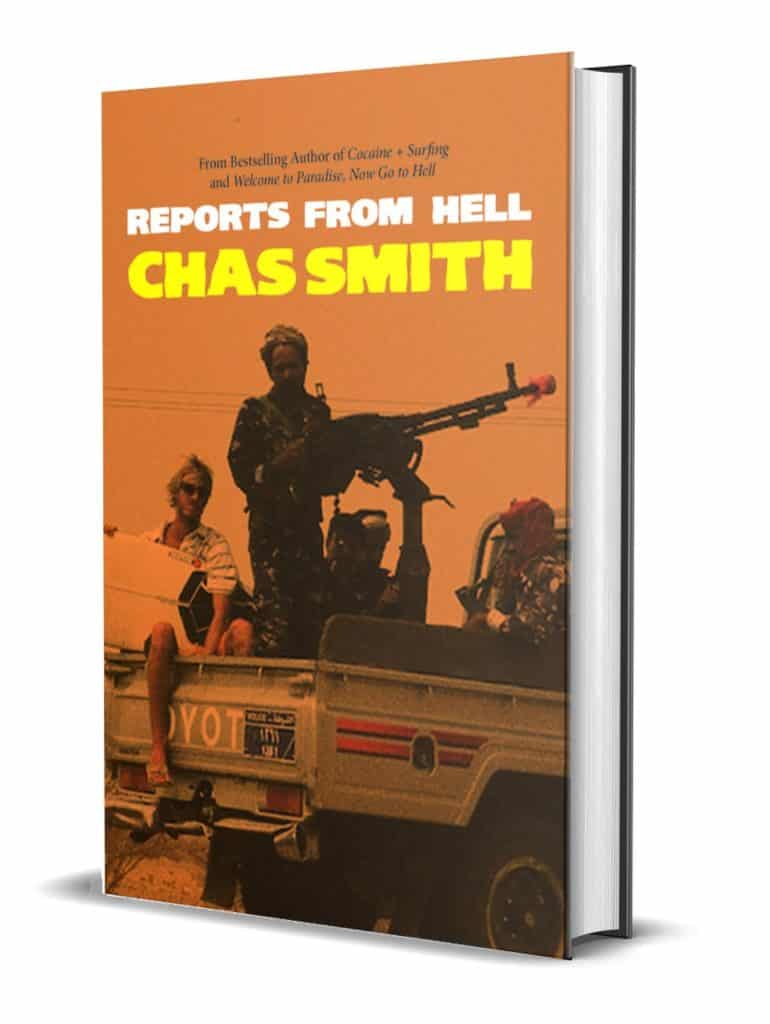Come on, admit it, we are all Margaret River lovers now.
Our point of departure is Margaret River, four years ago.
The gap between John John Florence and the rest of the field was colossal. You can’t even remember who was in the final with him, right.
Same guy he flogged in 2019, Kolohe Andino.
I think we need to say the gap has narrowed. John is surfing amazing, but not appreciably better, compared to the rest of the field, than he did two and four years ago.
A full days competition in six foot-plus surf with overlapping heats gave us all fair assessment of the narrowed gap. Filipe looks faster, sparkier, more repertoire. Caio could beat him again, as he did during their deadly, timeless battles during 2016. Colapinto has evolved, Gabe is fully present, in a way he’s never been in Maggie River.
Ryan Callinan has finish turns only rivalled by Medina. What I’m saying is a mild challenge to the orthodoxy that John is unbeatable here is warranted after today’s performances.
A quick word on some losers. Mikey Wright has an image problem. We first knew him as the Weetbix kid, then he re-emerged like a butterfly from the Quiksilver marketing chrysalis as a full-fledged native born bogan wild man.
OK, we could swallow that.
But the wild colonial boy surfed strangely conservative heats in his wildcard run in 2018. The soul of an accountant seemed to lurk beneath the mullet. Now he’s back and charging like a mallee bull, but it seems every turn is over-compensating for the initial timidity, as if he needs to justify in the minds of the judges and fans that the wild bogan image is real. Quik probably won’t drop him, burnouts sell boardshorts.
But he needs to cool it and make a heat.
That’s another last place. Third in a row.
Ace might need to consider his future. He was woefully out-classed by Italo in the afternoon. Italo surfed OK, pulled his backhand hooks a bit short, finished very strong. But he looked vulnerable. Ace should review closely. Surf coaching beckons and he would make a very fine one.
What to do with Ethan Ewing?
A decade since John John and Medina came on tour in 2011. The last great rookies who justified the hype as title contenders. Italo doesn’t count, because he came on tour with zero hype. Ewing is getting the same hype a second time around, and getting comboed in six-foot rights by a goofyfoot. Too many weak heats. Continually damned with faint praise by competitors who beat him easily. Looks like a perennial backmarker apart from a few flashes in Narrabeen.
Overlapping heats started with Leo and John John. Leo hassles the shit out of the champ for the opening wave and gets an 8.67 less than five minutes in to a forty-minute heat. John answers with a 7.67. You out-surf the champ by a point in the opening exchange so what do you do?
Leo went and sat.
Stubbornly refused to surf a wave. John caught a wave, then another, then another and another. Got some scores, lowballed by the judges, who judge him against what he can do out there, not by what he does do. Carries a handy lead. Leo needs a mid-seen. Two turns and a close-out reo.
Peterson Crisanto in the next heat rides a solid mid-ranger. Two turns and a close-out reo for a 7.87.
Somehow this sitting like a Buddha under the Bodhi Tree awaiting enlightenment strategy, perversely called by Joe and Bugs in the Booth “keeping the champ off waves” (how?) is considered the height of wisdom.
Of course, time ran out and Leo was short a wave, forced to scrap on a piece of shite. Only in pro surfing would this losing strategy, of aggressively doing nothing, be considered what Bugs called “spot-on”.
Didn’t Morgan Ciblic just conclusively demonstrate not once, but twice, how to beat him? Attack hard, keep swinging, put him under scoreboard pressure and make him ruminate. John even admitted after the heat that he was bothered by the opening hassle.
Peculiar, as the gang of lunatics said to Nurse Ratched. Very peculiar.
Jack Robbo and Jeremy Flores surfed the heat of the day. It was hours later when they interviewed Jack and he was still twitching about nervously. If you’ve got a spare forty it’s worth watching in its entirety. Very good exchanges. Robbo pulling away and holding a solid lead with ten to go. It’s very rare, and it speaks to how hard it is to ride a surfboard, let alone to do something amazing, something better than you have been doing under extreme pressure, to see someone behind in a heat come back and win.
Most surfers crumble.
All day the marker for the best surfing was how high in the lip line surfers put the initial and the finish turn. Lots pulled it down way short of the lip line. Flores on his heat winning wave, went way, way up into the lip, into a layback power carve, then smashed a giant close-out. Very David with the sling shot aiming up against Goliath. Very nuts. Clutch as they say, though remarkably they didn’t.
https://www.instagram.com/p/COZi-wSNNi8/
One person who will not be bothered by a hassle is Gabe Medina. If he was anymore relaxed he’d be comatose. He just relentlessly outsurfed Connor O’Leary, who might end up down the Lennox servo pouring coffees next year if he can’t find a way to win.
The draw is unequal, despite what they day and Medina has his measure, easily.
Fatigue set in in the booth and the coverage got scrappy. Bugs was still halfway across the Nullabor in 1973, on the end of one, when Jacob Wilcox rode a potential heat winner against Kanoa. It was not called by the booth, we saw no replay.
The score seemed suspiciously low. Did you see?
Was Jacob cooked in his own backyard by the ultimate cosmopolitan?
I think yes.
Yago also seemed cooked. Heat reviews of both heats are warranted.
People’s champ Caio looked amazing, “Feels so good to surf real waves” he said as a golden glow set upon a lineup that people love or hate.
It has been looking fine, when framed by the east coast beachbreaks that preceded it though, no?
Come on, admit it, we are all Margaret River lovers now.
John and the wavepool has made it thus.







